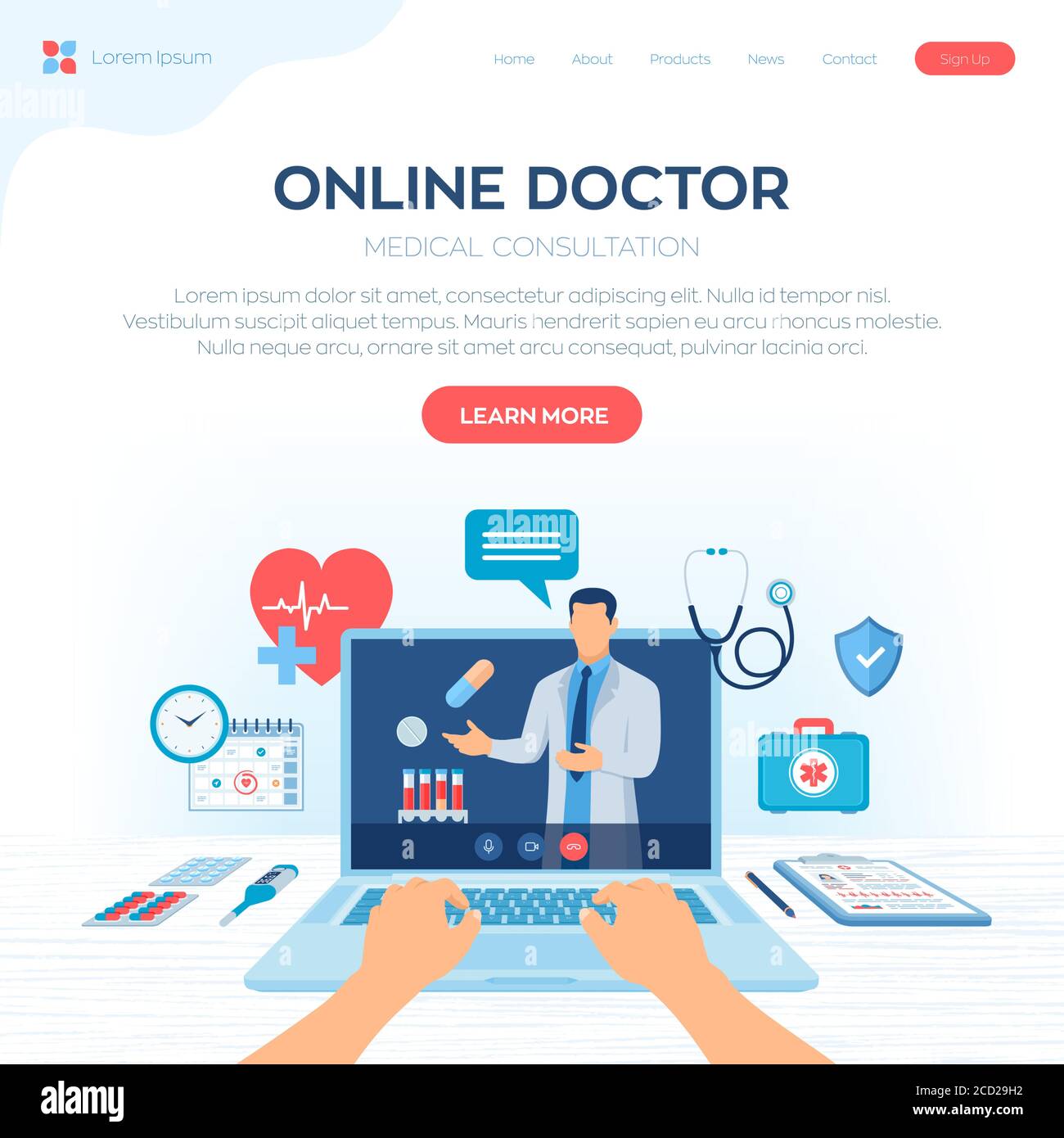A Comprehensive Overview to Subscription Based Healthcare: What You Required to Know
A Comprehensive Overview to Subscription Based Healthcare: What You Required to Know
Blog Article
The Surge of Subscription-Based Health Care and Its Impact on Patient Care
As medical care progresses, the subscription-based design is obtaining traction, promising to revolutionize patient care by using predictability and ease of access. These models, which bypass standard insurance coverage, might redefine the patient-doctor dynamic, emphasizing precautionary and personalized care. Yet, as with any technology, they present challenges, particularly worrying equitable accessibility for all socioeconomic groups. The possibility for these models to reshape medical care delivery increases pressing concerns concerning their long-term sustainability and inclusivity. Are these subscription solutions the future of medical care, or do they take the chance of leaving susceptible populaces behind? The details of this change warrant a closer assessment.
Understanding Subscription Healthcare Designs
Understanding the principle of registration health care versions involves checking out a transformative strategy to medical solutions that highlights cost and availability. These designs, commonly referred to as direct key treatment (DPC) or attendant medicine, have become cutting-edge options to standard fee-for-service healthcare systems. Subscription healthcare enables clients to pay a set monthly or annual charge for a defined set of clinical services, which may include unrestricted workplace gos to, regular exams, and fundamental laboratory examinations, without the need for typical insurance coverage invoicing.
The structure of registration healthcare versions is created to streamline individual care by eliminating third-party payers and intricate payment codes, thus lowering administrative worries. Doctor can focus extra on person treatment, cultivating more powerful patient-provider partnerships. This model likewise advertises preventative treatment by encouraging regular check outs, as the financial challenge of per-visit fees is gotten rid of.
The registration version typically equips doctor to take care of smaller patient panels, enabling even more tailored treatment. It aligns monetary rewards with individual health and wellness outcomes, as companies are encouraged to maintain person contentment and wellness. On the whole, recognizing membership medical care versions calls for recognizing their potential to improve how care is provided and accessed.
Advantages for Carriers and people

With a steady revenue stream, healthcare professionals can devote more time to each patient, leading to an extra customized and detailed care experience. The focus on preventative treatment within membership plans can lead to better individual outcomes and decreased long-lasting healthcare prices.
Difficulties and Issues
While subscription-based healthcare versions existing various advantages, they additionally feature a set of obstacles and problems that have to be addressed. First, ease of access remains a significant concern, as these models typically target individuals who can pay for monthly fees, potentially leaving out low-income populations. This elevates honest concerns concerning equitable accessibility to healthcare services. In addition, the diverse nature of registration strategies can cause complication among people regarding coverage specifics, potentially leading to unmet expectations or insufficient treatment.
Financial sustainability of subscription-based versions is one more problem. Carriers should balance the fixed income from registrations with the variable costs of medical care services, which may change as a result of unanticipated medical needs. This can produce pressure to limit services or boost fees, possibly influencing individual contentment and care top quality.
Furthermore, regulative oversight of subscription-based health care models is still advancing. The lack of standardized frameworks can bring about irregular solution quality and accountability, making complex efforts to make certain person defense. Last but not least, the assimilation of technology-- typically a foundation of these designs-- questions about information privacy and security, as sensitive client details might be prone to breaches. Resolving these challenges is crucial for the equitable and successful execution of subscription-based medical care.
Effect on Patient-Doctor Relationships
One significant influence of subscription-based click here to find out more health care designs on patient-doctor partnerships is the potential for improved continuity and customized care. By adopting a membership design, medical professionals can take care of a smaller sized patient panel, enabling more committed time with each individual. This raised schedule fosters a much deeper understanding of an individual's clinical background, way of life, and preferences, making it possible for extra tailored therapy plans and interventions.

Nonetheless, it is necessary to acknowledge that while subscription-based versions may profit those that can afford them, they might accidentally widen health care variations. Individuals that are incapable to participate in these versions may experience decreased access to individualized care, potentially impacting their connections with doctor. Thus, while the membership version provides promising benefits for patient-doctor connections, it also presents challenges that need to be resolved to guarantee equitable healthcare gain access to.
Future of Medical Care Accessibility

The duty of innovation can not blog here be overlooked in this makeover. Telemedicine i thought about this platforms and digital health and wellness documents assist in seamless interaction in between individuals and healthcare providers, damaging down logistical and geographical obstacles. Furthermore, innovations in expert system and information analytics can additionally personalize clinical care by predicting patient demands and enhancing therapy plans.
Nonetheless, the future of medical care access additionally presents obstacles, such as making sure equity throughout various socio-economic groups. Policymakers and doctor have to work together to bridge the electronic divide, making certain that subscription-based versions remain inclusive and affordable. As these systems mature, they hold the guarantee of making health care more available, efficient, and patient-centric.
Conclusion
Subscription-based medical care models are reshaping person care by giving a steady price framework and improving accessibility. The increase of subscription-based healthcare motivates positive person interaction, which has the prospective to improve client results and satisfaction, signifying a transformative shift in medical care delivery.
As medical care advances, the subscription-based design is acquiring traction, assuring to transform client treatment by offering predictability and access.Subscription-based health care versions use distinctive advantages for both providers and people, enhancing the overall healthcare experience.As medical care systems progress, the future of healthcare accessibility often pivots on the integration of innovative models and modern technologies.Subscription-based medical care models are improving individual care by providing a steady cost structure and enhancing availability. The surge of subscription-based medical care urges positive individual engagement, which has the prospective to enhance individual outcomes and complete satisfaction, indicating a transformative shift in healthcare shipment.
Report this page